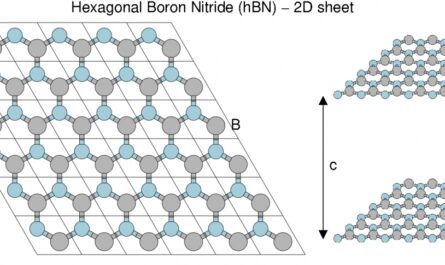What is it?
Utility markers, also known as locators or flags, are low-cost devices that are used to mark the presence and approximate locations of underground utility lines such as electricity, gas, telecommunications, water, and sewer. They help identify underground infrastructure and prevent unwanted contact during construction or excavation work.
Different Types of Utility Markers
There are various types of utility markers used depending on the type of underground utility line and surrounding conditions. Some common examples include:
Plastic Stakes or Flags
Plastic stakes or flags are small plastic devices that are easily visible and come in a variety of colors corresponding to the American Public Works Association (APWA) uniform color code system. They are inexpensive and useful for marking areas where excavation is planned. However, they can be missed or damaged easily.
Metal Stakes or Plates
Metal stakes or plates are more durable versions of plastic markers. They are hammered into the ground and have ridges or stamped identifiers to indicate the buried utility. Though longer-lasting, they require special tools for installation and removal.
Electronic Markers
Electronic Utility Markers contain transmitter chips that can be detected by radio frequency locating devices. They provide more precise location information and work well in congested areas with multiple buried lines closely grouped together. However, they are more expensive than standard markers.
Line Marking Paint/Chalk
Line marking paint in the form of lines, dashes or symbols is spray painted directly on the ground to mark underground utilities. It requires re-application after weathering but allows tracing of long utility runs. Washable line marking chalk serves a similar purpose and allows easy removal.
Color Coding System for Utility Markers
Markers follow the American Public Works Association (APWA) uniform color code system to identify the type of buried utility line. This standardization helps workers during excavation:
– Red: Electrical power lines, cable, conduits and lighting cables
– Yellow: Gas, oil, steam, hazardous liquid and similar lines
– Orange: Communications and CATV/telephone/data
– Blue: Potable water
– Purple: Reclaimed water, irrigation systems and slurry lines
– Green: Sewers and drain lines
– Pink: Temporary survey markings
– White: Proposed excavations or positive locations
Importance of Properly Marked Underground Utilities
Correctly marking underground utilities has several safety, liability and financial benefits:
– Avoiding strikes and damage: Proper marking prevents unwanted contact during excavation or construction that could potentially damage underground infrastructure and disrupt services.
– Preventing injuries: Utility strikes pose risks like electrocution, fire hazards, explosions from gas lines and asphyxiation. Markers help excavators maintain safe dig zones.
– Limiting liability: Clearly marking underground assets shifts liability to excavators in case of damages due to negligence. It demonstrates due diligence by utility owners.
– Reducing repair costs: Damages to buried lines can result in expensive repair costs. Locating utilities beforehand helps avoid such unplanned expenditures.
– Ensuring project workflow: Markers allow projects to move forward safely without delays from unplanned utility encounters. It maintains schedules and budgets.
– Complying with Regulations: Most states have “Call Before You Dig” laws mandating proper underground utility locating and marking before any excavation work.
*Note:
1. Source: Coherent Market Insights, Public sources, Desk research
2. We have leveraged AI tools to mine information and compile it




